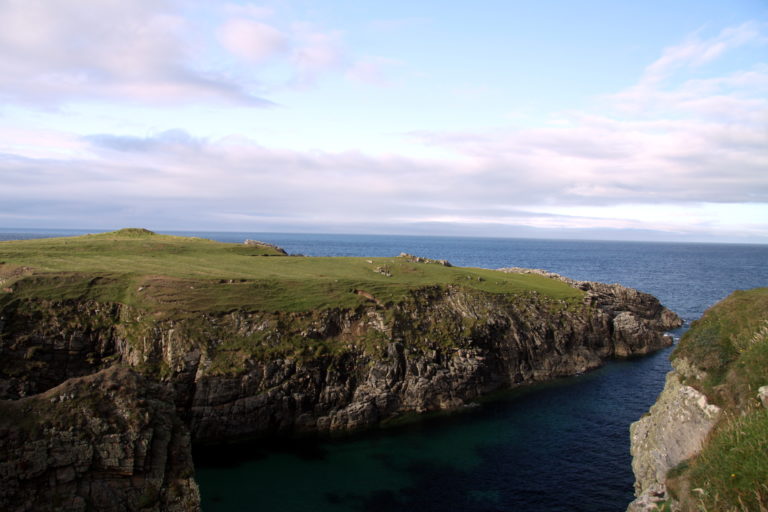Home / History / British History / The Scottish Highland Clans: Origins, Decline and Transformation / Clans and localities: the Morrisons of Lewis & Dùn Èistean
This article is from the free online
The Scottish Highland Clans: Origins, Decline and Transformation


Reach your personal and professional goals
Unlock access to hundreds of expert online courses and degrees from top universities and educators to gain accredited qualifications and professional CV-building certificates.
Join over 18 million learners to launch, switch or build upon your career, all at your own pace, across a wide range of topic areas.


 Dùn Èistean, Ness, Isle of Lewis. The raised grassy mound off to the left the image is the remains of the watch tower. © Chmee2 [CC BY-SA 3.0]
Dùn Èistean, Ness, Isle of Lewis. The raised grassy mound off to the left the image is the remains of the watch tower. © Chmee2 [CC BY-SA 3.0]






